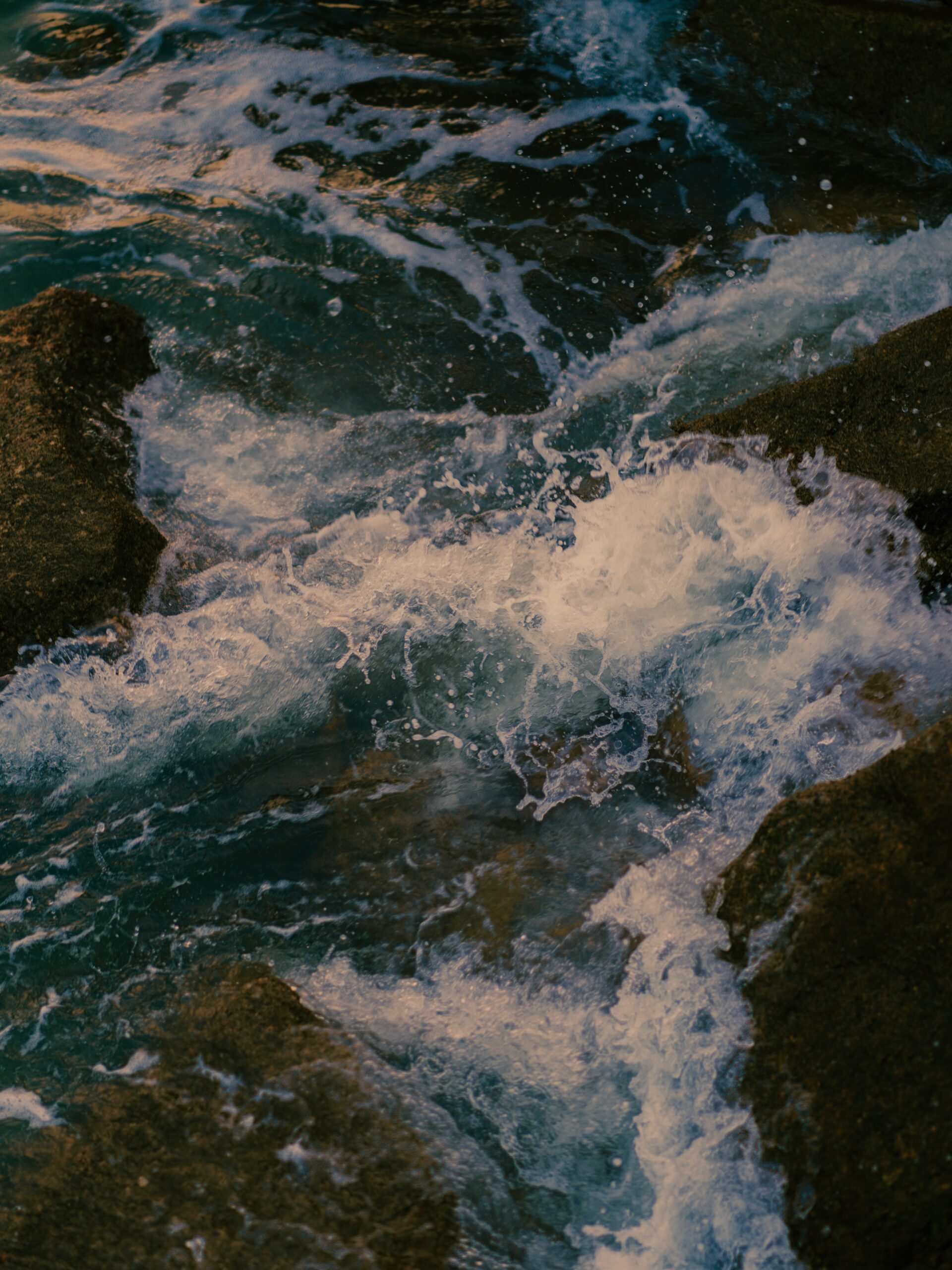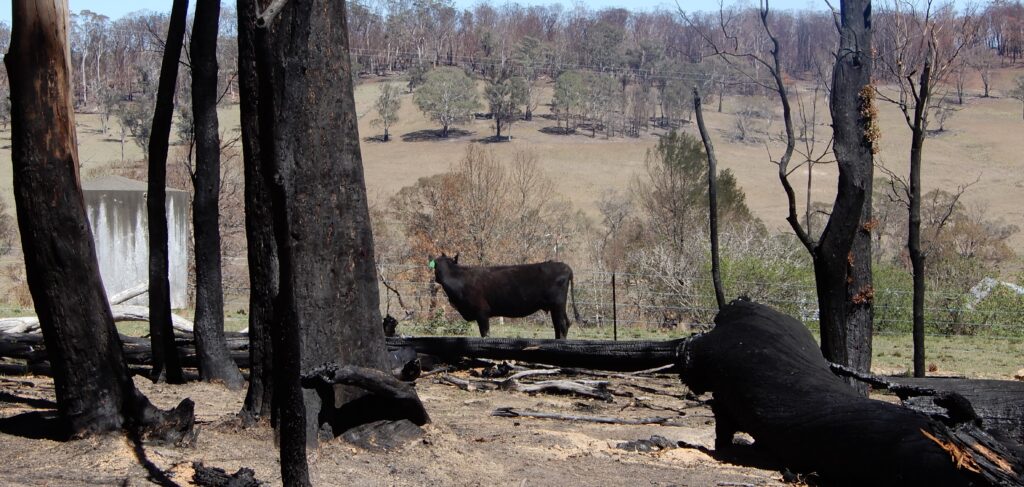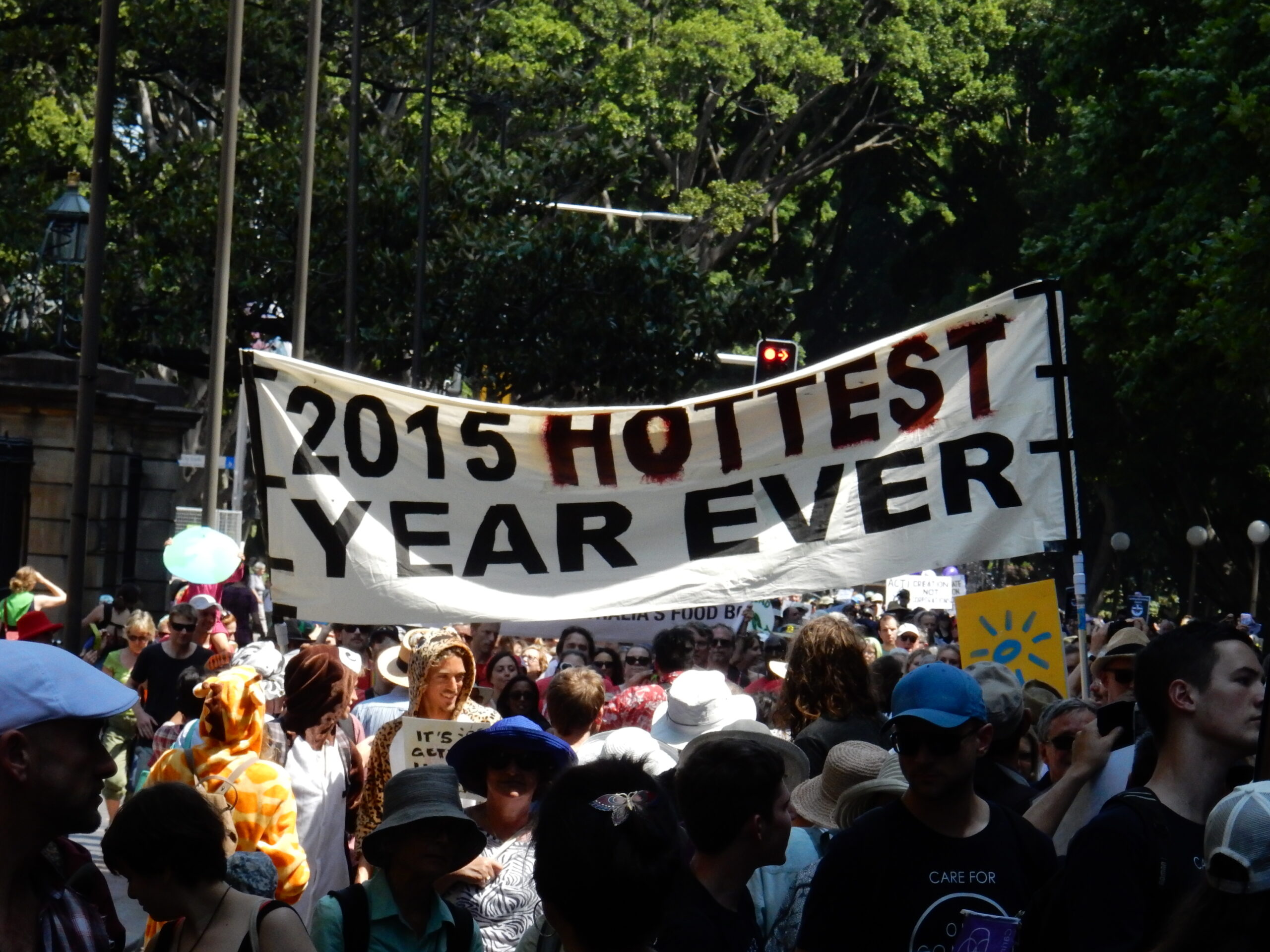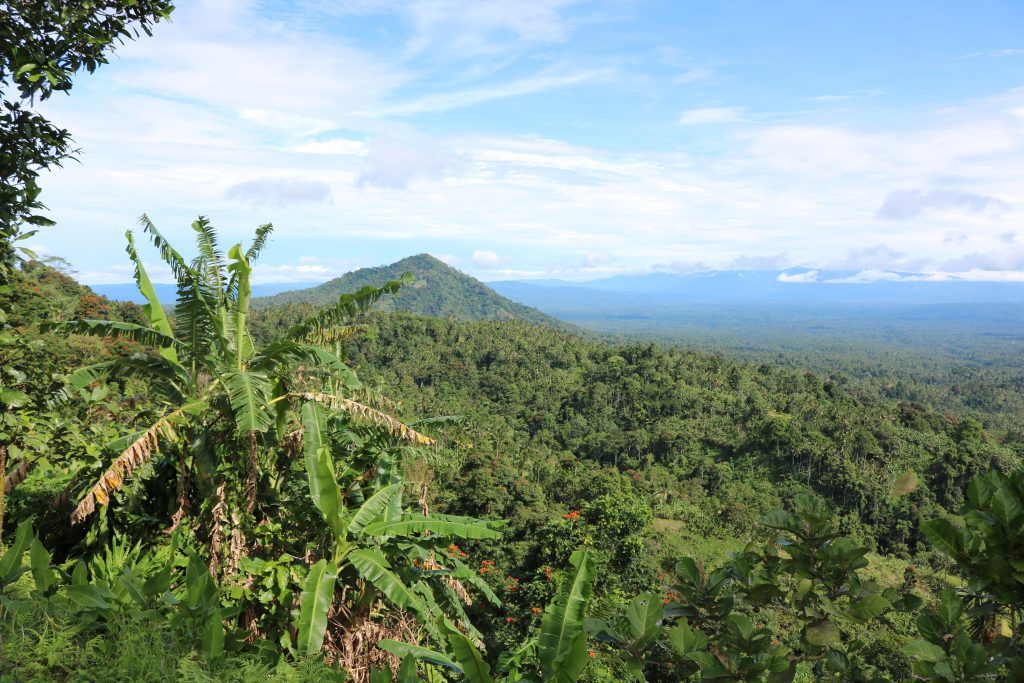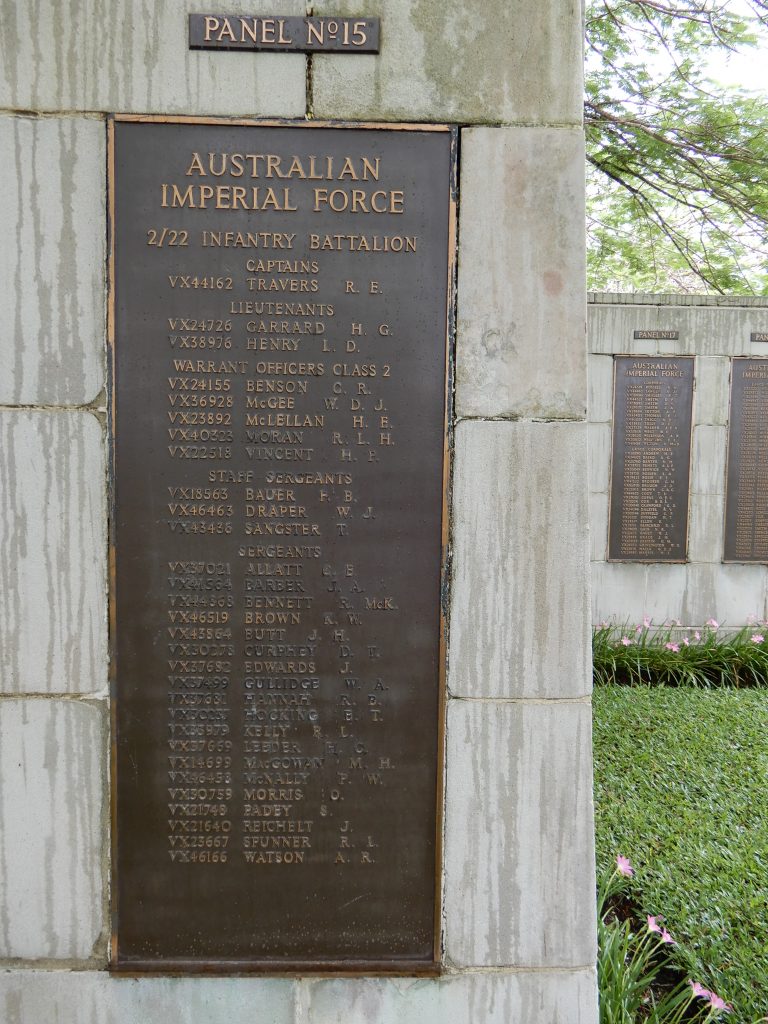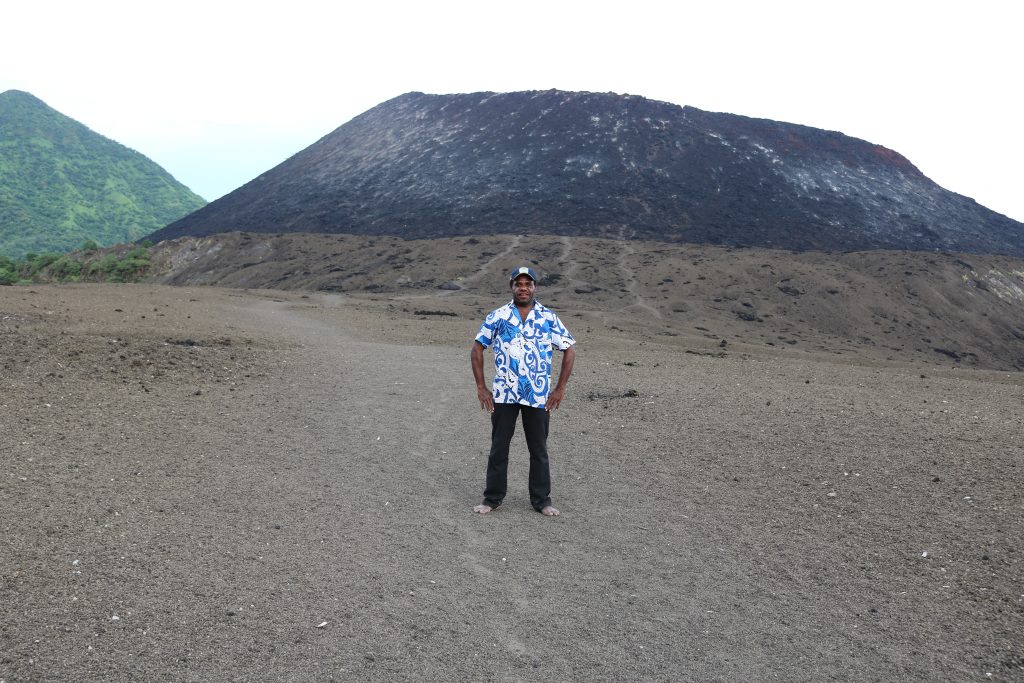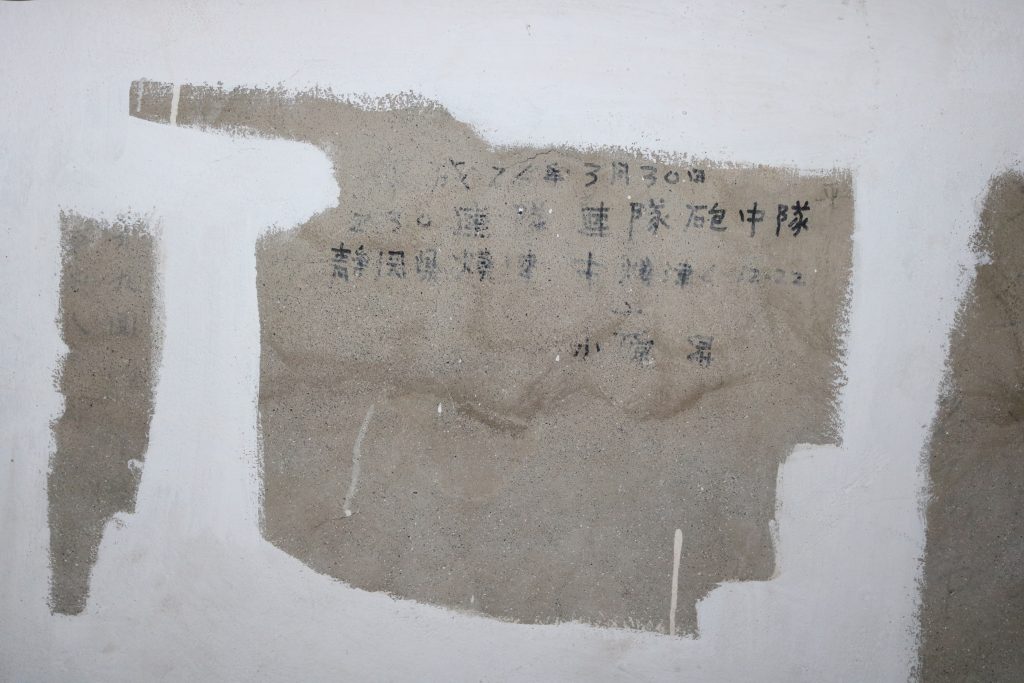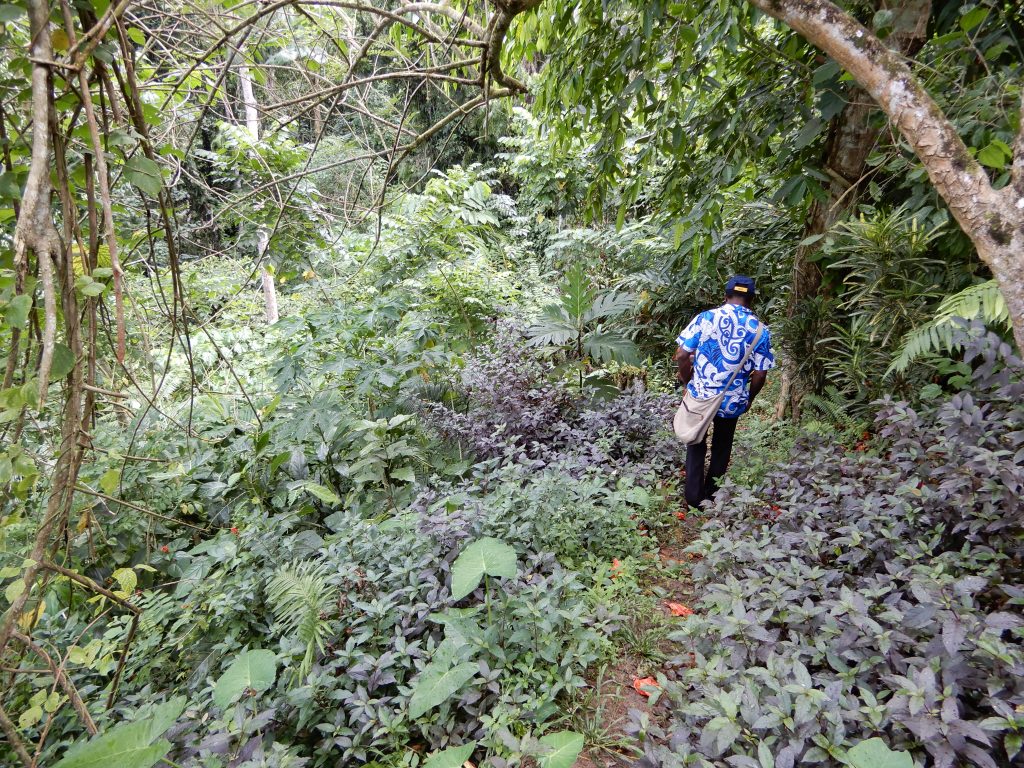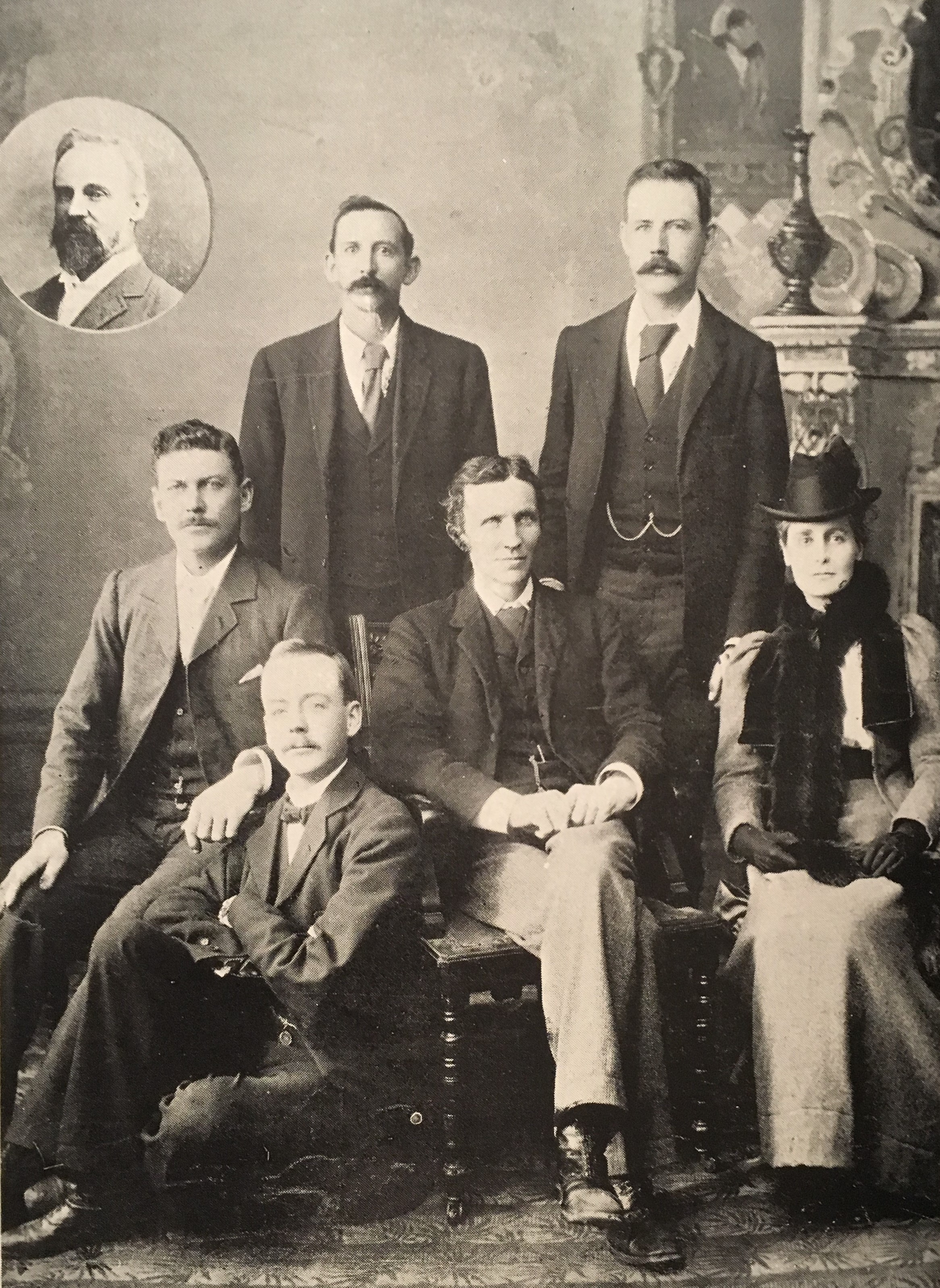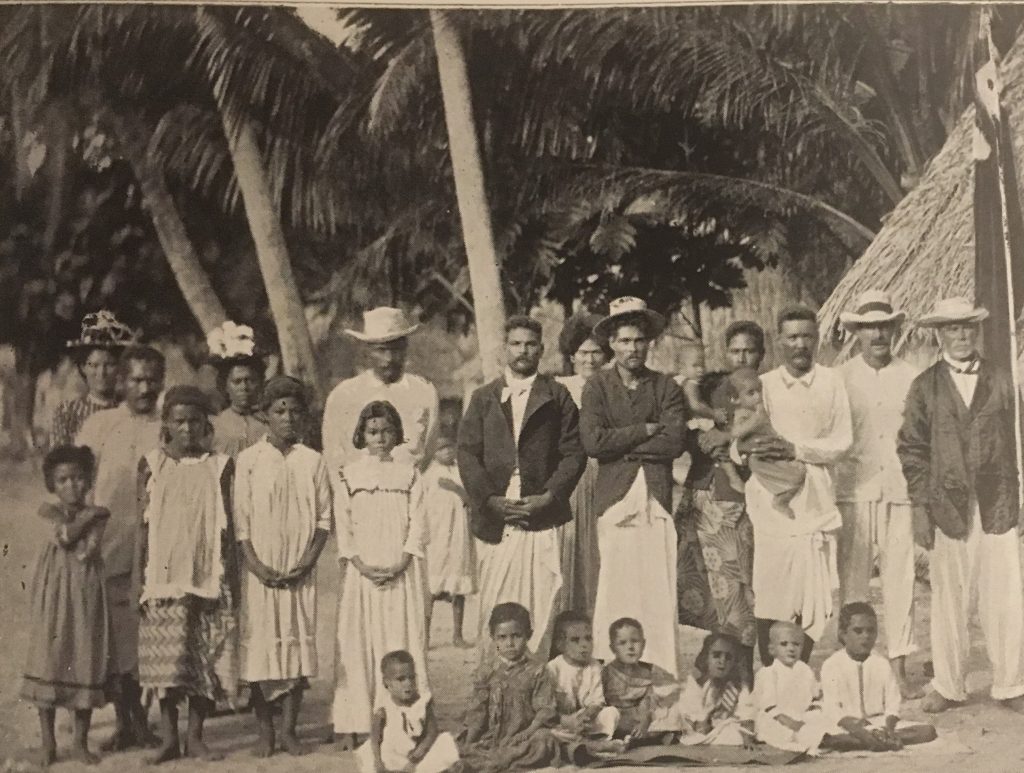FROM WRITING HISTORY TO WALKING IT
I have spent the last 15 years writing books. My fourth, Australia and the Pacific: a history, came out in 2021 and an updated edition of my first work, Sydney Harbour: a history, was published at the end of 2022. What with working full time, there’s not been much time for blogging or much else.
But with the completion of the new Harbour history, I’ve been able to think about other ways to present history. I generally avoid neologisms but having mental bandwidth really is a perfect way to put it.
And so I’ve been creating and leading walking tours – encouraged by an old university friend, Mark Bowyer, who pioneered cultural tourism in Vietnam many years ago and more recently has identified a gap in the local market for serious historical walks. I hope he’s right.
It’s been good to have a project which pushes me out of the study onto streets and foreshores. Walking and observing is so important for historians of landscape and place – even if the places one reads and writes about have changed dramatically. Changes to fabric can help set the remnant in relief. Observing change helps in the understanding of scale, materials, and design. One of the challenges of writing books which cover extended time frames, as mine do, is balancing detail with long narrative arcs. Creating a walking tour is all about focusing on the detail: ‘Look at that lintel’. It can be very rewarding.
So, too, making connections between those details.
In scoping out my first walk from Bennelong Point, where Sydney’s Opera House sits, to Barangaroo, where a large glass casino now stands, I encountered two artworks which are connected on several levels; commission, proximity, the theme of natural abundance, colonial dispossession and concomitant inheritance among them.
The first is a relief bronze, commissioned by Australian Mutual Providence (AMP) for their new waterfront skyscraper, and completed by the modernist sculptor Tom Bass in 1960. Amicus certus is mounted on the side of another modernist masterpiece, designed by Australian firm Peddle, Thorp and Walker. The new building literally ushered in the era of the modern skyscraper for the 150-foot height limit set in 1912 was scrapped to allow its construction. When completed in 1962, it was Australia’s tallest building. (Remember what I said about scale? The building is now diminutive).
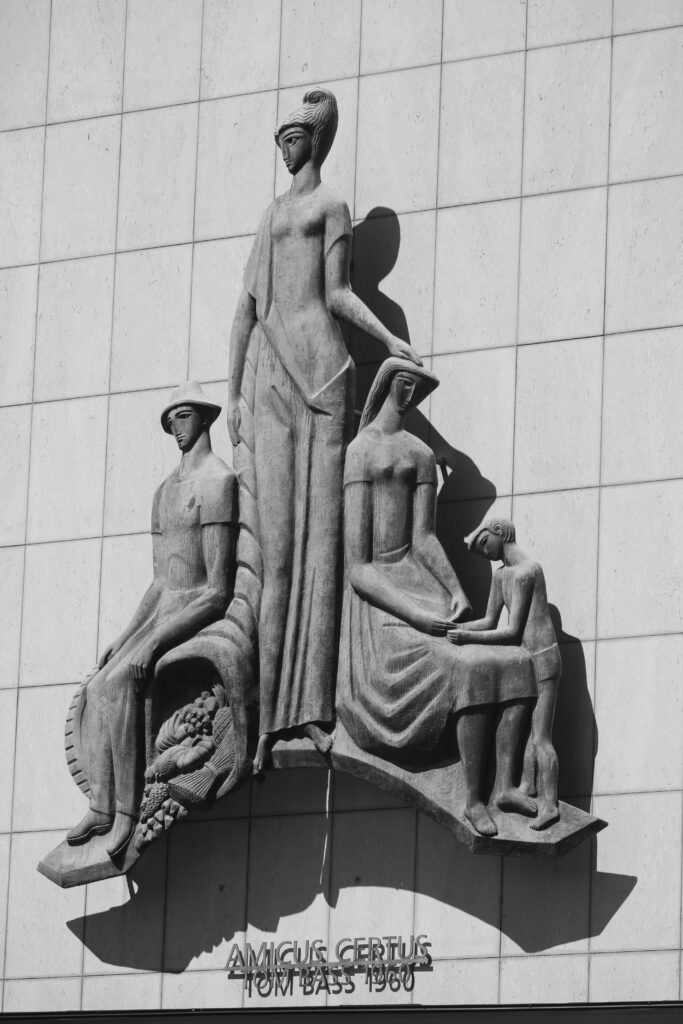
Bass’s artwork gets its name from AMP’s adopted motto and translates roughly as ‘a true friend’. The whole Latin phrase is Amicus Certus in re Incerta, or ‘a true friend in uncertain times’. AMP started out as a life insurance company after all.
Tom Bass was a prolific creator of public art in the post war years and thereby assumed an important role in introducing Australians to modernism. Indeed, for me, his work has long epitomised Australian modernism. I recall being disturbed by works such as this as a boy. They seemed to eschew beauty in favour of angst. Prior to that sculpture was highly influenced by classicism in its realism, generally employed to depict beauty and/or nobility.
Bass also drew upon classicism but that was a thematic rather than aesthetic inspiration. The central female figure of Amicus certus stands reassuringly next to a family; father, mother, child. She is sometimes referred to as the Goddess of Plenty, presumably because of the cornucopia next to the group. I have wondered whether she was Demeter or Ceres – the Greek and Roman goddesses respectively of ‘the fruits of the earth’ (Oxford Classical Dictionary, 1964, p.263) But she may also be Ops, sometimes referred to as a Roman goddess of agricultural abundance – although my classical dictionary rather unhelpfully calls her a goddess of ‘obscure functions’.
Whatever her classical inspiration, the ‘goddess’ is obviously watching out for a modern Australian family – no extended grandparents, aunts and uncles here. Her costume is part toga, part ‘day dress’ and the attire of the others is mid-century simple. They resemble characters from a Russell Drysdale painting. I especially like the physical connection between the ‘goddess’ and the mother. The former’s hand rests lightly on the latter’s shoulder suggesting recognition and bestowed solace in the shared role of provider. That the child looks to the mother leaves the father figure interestingly marginalised.
I think we can attribute the trio’s rather blank countenances to Bass’s modernist aesthetic, rather than genuine dejection for they are the beneficiaries of the contents of the cornucopia and, of course, the security provided by their suggested friend, AMP. Starkness aside, Bass’s artwork was intended as a celebration of post war prosperity.
AMP had operated since 1849 so was already a pillar of the Australian financial sector when it built its landmark Quay front office building went up between 1959 and 1962. The image of wealth spilling from a horn drew upon Australia’s longstanding self-identification as a land of natural abundance – vast pastures and fields of wheat. It is poignant in this place because the first AMP building stands on the site of a kitchen garden – that of the first Government House.
In the post-war years, mining was joining agriculture as a mainstay of Australia’s economic wealth. In this respect, Bass’s cornucopia was symbolic of all wealth. In the process Sydney was overtaking Melbourne as the financial capital of the country. The new AMP headquarters was evidence of that. It was indicative of Sydney’s shift from a gritty port city to a commercial and cultural centre – as did Jørn Utzon’s marvellous and contemporaneous Opera House, itself a sculpture as much as a building, begun on nearby Bennelong Point in 1959. So many layers.
Bass’s sculpture is protected because the AMP building is heritage listed. Both are part of the historical fabric of Sydney and its harbour front at Circular Quay.
Among the newer additions to that tapestry is an installation by Wiradyuri/Kamilaroi artist Jonathan Jones called Remembering Arabanoo. This is the second artwork I referred to. It can be found, with some difficulty, in a laneway running between Loftus and Young Streets. It was installed very recently as part of the Quay Quarter redevelopment which centred on the ‘reskinning’ of the second AMP building, built behind the original in 1976.
That commissioning is the first connection between the two pieces. It manifests the relatively recent acceptance by corporate Australia to acknowledge this country’s Aboriginal past.
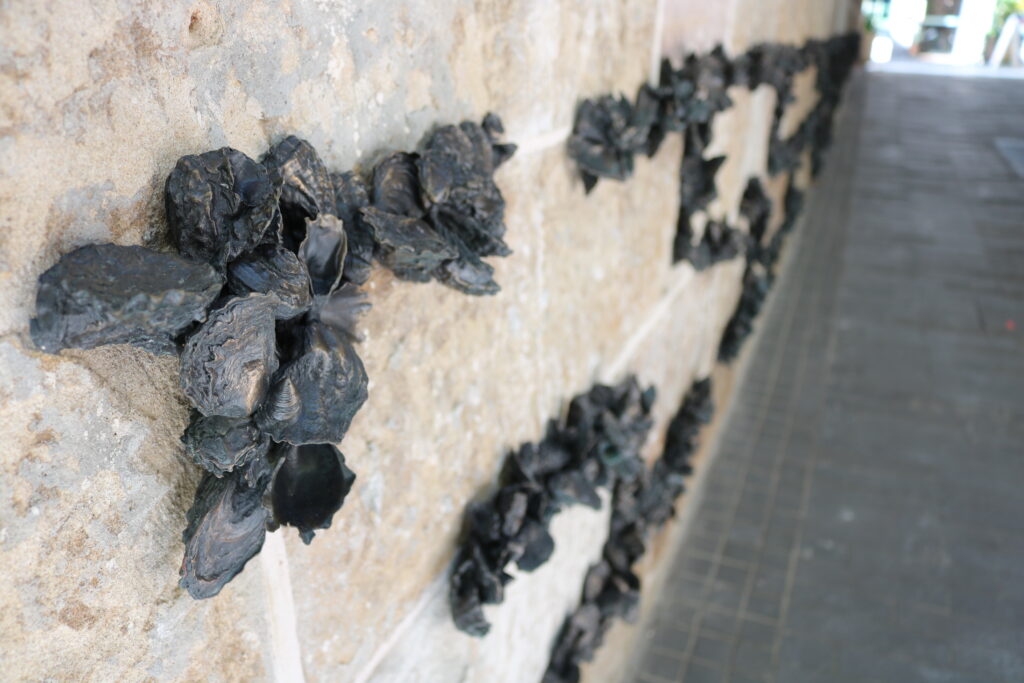
And there the subject matter gets more interesting. Jones has inserted several rows of bronze oyster shells into the sandstone wall of the laneway. Given the ‘reclamation’ of the shoreline – that is the filling of Sydney Cove/Warrane – from the 1840s, this bank of oysters may not be too far from where shellfish may have been found in 1788.
Oysters were part of the Harbour’s abundance. The seven or more clans who lived beside the waterway were saltwater people depending far more on seafood than possums, kangaroos etc – the fare of the ‘woods people’ to the west. Here is a commentary perhaps on the cornucopia in Bass’s relief. The latter speaks of a landscape transformed for and by agriculture. Jones’ installation refers to the sustainable hunting and gathering economy of the first Harbour people.
And what of the name ‘Remembering Arabanoo’? Well, he was the first Aboriginal man kidnapped by the colonists in late 1788 in an attempt to establish a dialogue between usurpers and those who were about to lose their land and way of life. Thereafter flowed a great many difficult conversations, or perhaps lectures, about the inevitability of dispossession and change but not, it seems, with Arabanoo. He learned little English and his captors acquired a few words of the local language. He died within six months after of a disease that may have been small pox – along with perhaps two thirds of the original Harbour population. Arabanoo was buried in the grounds of the first Government House, so may still lie near the present-day Museum of Sydney – if subsequent earthworks haven’t destroyed his remains. Strangely none of this story accompanies the installation. I have no idea why.
If you would like to join me for a walk from Bennelong Point to Barangaroo to see these artworks and much more go to
https://www.oldcompasstravel.com/tours/authors-walk-with-ian-hoskins-from-bennelong-to-barangaroo/
